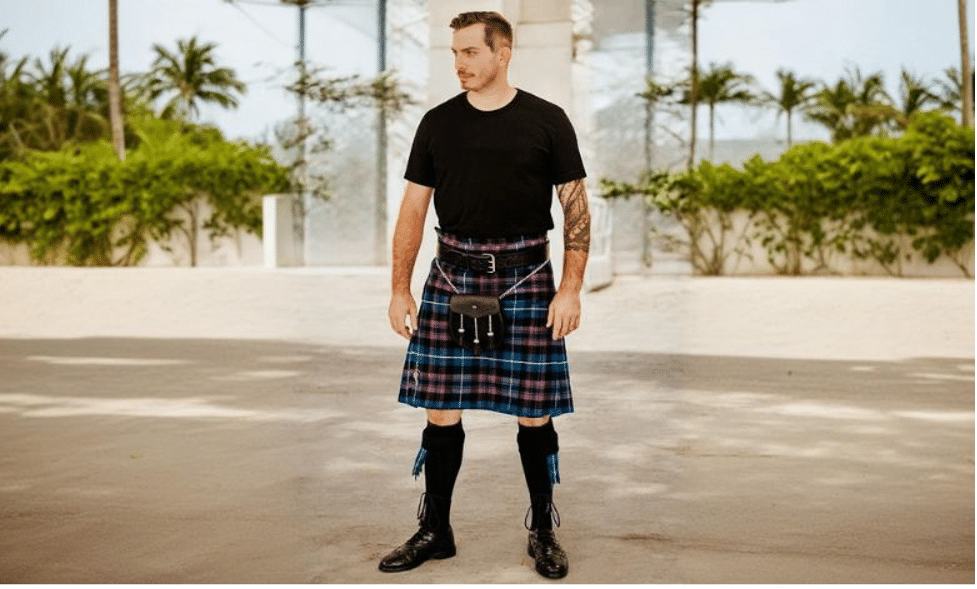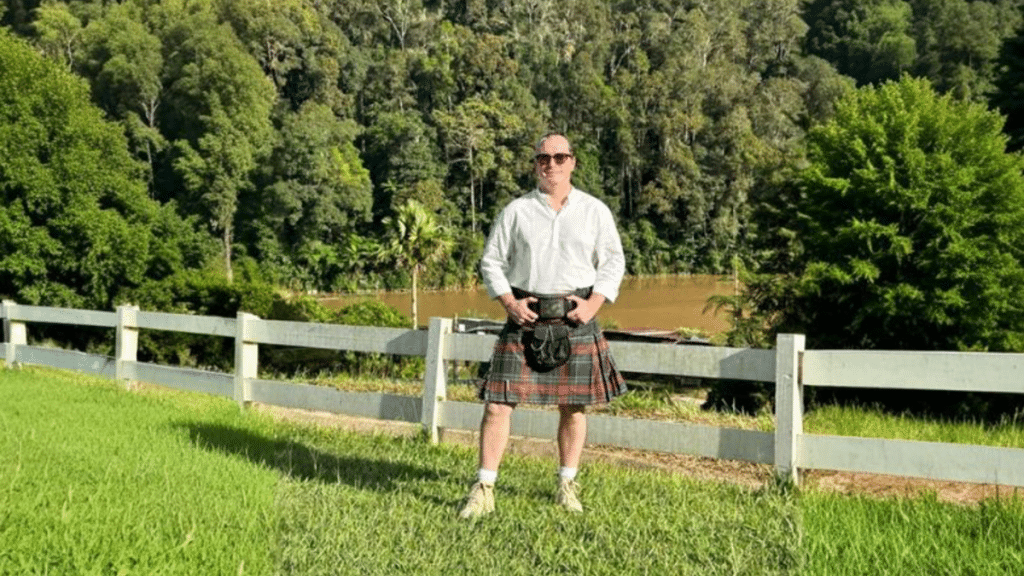No one can deny that wearing a kilt is an art even if it is a formal occasion or wearing it casually. Both of these conditions have specific requirements one must know. Otherwise, the rest of the Scots can consider it as a disrespect to their culture and can mind as well. So, this discussion is all about wearing kilts casually. Here we will let you know about some simple tips and the types of attachments that must be added. So, let’s move to the article!
Casually Kilt Wearing Tips
Tips for wearing kilts casually are quite simple since you have many options to add or remove. On the other hand, formal wearing demands attaching all selected products to complete the outfit. In short, you should not have to stick to a single option, however, the first thing is to choose the right fabric or kilt type.
Choose the Right Kilt for Casual Wear

When we talk about choosing the right kilts for men for informal wear, you have multiple options to choose from such as utility kilts, hybrid kilts, tactical kilts, etc. Similarly, the fabric type is also a factor in such circumstances, you can choose anything from denim to polyviscose. Most important among all is the size of fabric, and for casual wear the ideal size of a kilt is 5 yards since it is lightweight and flexible.
Pairing the Kilt with Comfortable Tops
It’s time to talk about the tops one can wear with kilts as casual wear. Surprisingly you have a variety of options to pair. Though being formal has some specific requirements, the story is different with unceremonious wear. Here are tops one can wear with casual kilts:
- T-shirts or down-buttoned for a relaxed environment.
- If wearing a kilt in cold weather, jumpers can be a productive option.
- Go with a loose-fitting shirt for a casual look.
- A fringed vest can also help to make you look casual.
Finding the Perfect Pair of Footwear
Even though you do not have many options for a formal kilt appearance, there is always enough space when looking for casual footwear. Many options including Ghillie brogues and sneakers are suitable for casual wear. The most important thing in this scenario is the event when you are to wear it. For outdoor ventures, pair the kilt with hiking shoes and loafers for everyday wear.
Minimal Accessories for Everyday Wear
Kilt shirts and footwear without a doubt lead to the necessities of casual wear, there are some other accessories. Some of these are crucial while some attachments complement your attire. These accessories are given below:
Kilt Belt & Buckle: Though informal kilts today come with fastening buttons and adjustment straps, belts with traditional buckles are an important part to be paired with Scottish garments. Other than practicality, they help in complimenting the attire as well as admire tradition.
Kilt Pin: The next accessory that should not be kept aside is the kilt pin. It helps to keep the apron down and prevent it from flapping in windy situations. However, on formal occasions or when you wear a complete kilt outfit, it is a necessity.
Day Sporran: You must have seen a large number of people wearing a pouch at the front. It is a sporran, which provides extra storage to keep belongings like keys and smartphones. Similarly, wearing a sporran is also a part of Scottish tradition.
Layering for Weather and Comfort
Overseeing the weather requirements while wearing a kilt for relaxing events can be quite efficient to fade the experience. We suggest you never keep comfort and weather requirements aside. While wearing a kilt casually in winter one has multiple choices like tweed, denim, and leather jackets to fight against weather. Likewise, leggings are a good option as well.
Playing with Colors and Patterns
Last but not least, the next step is to have an awareness of colors and patterns of kilts with accessories. If you wear a hybrid kilt, it has tartan, so the accessories must complement it. On the other hand, the colour of the hose should match with the kilt, no matter what type of kilt it is. Being conscious about all of these aspects will help you complete casual kilt attire.
The Summary
Kilts have become an everyday wear in Scotland since they were occasional attire once. Things that make them different are the level of attire, whether you want a casual or a formal dress. The number of variations and amendments is quite higher than wearing kilts formally. You can choose from different fabric types, likewise, multiple footwearing alternatives oblige the attire. Similarly, the number of attachments is quite low. Most importantly, you must have a good sense of colours with kilt patterns.
